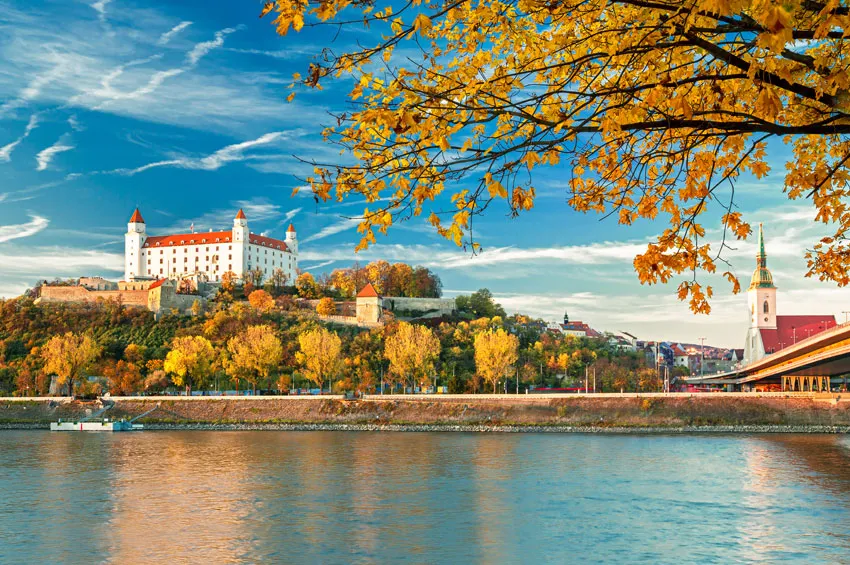
The Danube is the longest river in Europe (after the Volga, but the latter has its source in Russia), and the longest running through the European Union. It starts in the Black Forest in Germany where two rivers, Brigach and Breg, meet at Donaueschingen; it is from this point that the river takes its name from Danube. The Danube measures approximately 2970 km from Donaueschingen and measures in fact 3019 km from its official source. It then flows east, and crosses several capitals of central, eastern and southern Europe (Vienna, Bratislava, Budapest and Belgrade). It flows into the Black Sea via the Danube delta located in Romania and Ukraine, a delta on UNESCO's World Heritage List.
The Danube has been an important river route for centuries. Known in history as one of the borders of the Roman Empire, the river flows along the borders of ten countries: Germany, Austria, Slovakia, Hungary, Croatia, Serbia, Bulgaria, Romania, Moldova and Ukraine.


The Tisza is a central European river and a tributary of the Danube. The Tisza is considered one of the richest fish rivers in Europe. It was on the banks of the Tisza that Attila the Hun died. The course of the Tisza is 1,378 km long, making it longer than the Rhine. However, the distance from its source as the crow flies is only 467 km. Its width varies from 160 to 320 meters. The Tisza comes from the forests of the Ukrainian Carpathians, at the junction of the White Tisza and the Black Tisza. It draws the border between Ukraine Romania. Until then, the Tisza is pure and flows fast in the bottom of narrow valleys. Then it travels all over Hungary, where it becomes slower and muddy. It strides across the Great Eastern Plains and joins the Danube in Serbia after Novi Sad.
7 countries to discover and stops in major capitals. Go through the famous Iron Gates and sail onto the Danube Delta.
The Iron Gates is a major gorge on the Danube gorge. It is part of the border between Serbia and south-west Romania. There, the river separates the southern Carpathians from the northern Balkan Mountains. The course has a length of 135 km. The width of the river varies from 2 km to less than 150 m in some places. The Danube Delta is located three quarters in the north of the Romanian province of Dobrogea, and a quarter in the Ukrainian province of Odessa in the Boudjak region of southern Bessarabia. With an area of 3 446 km², it is one of the largest of the European deltas after the delta of the Volga.


The Sava is a river flowing in Slovenia, Croatia, Bosnia Herzegovina and Serbia. It is a tributary on the right bank of the Danube, which joins Belgrade. (Not to be confused with the Sava which is a tributary of the Garonne in France.) The Sava is about 1000 km long and its basin measures 95.720 km ². In Roman times it was known as the Savus. It is often considered to mark the northern limit of the Balkans.